Raised beds are becoming a real trend in gardening, but not everyone knows what raised beds are. Here are some extra information that will make this whole concept a lot more clear for you and will help you decide if raised beds are what you are looking for or not. Using raised beds is ideal for those who would like to get into gardening but the quality of their soil is not great. By opting for a raised bed, you will build these above the surface of the soil and you can add extra, better quality soil to your construction. It is also much easier to work with raised beds as you don’t have to lay down so low to work the soil. With this type of gardening, your vegetables will also get more water and they will grow much faster, absorbing all the nutrients they need from the soil and water. For tips on how to get started with raised beds, take a look at the following guide and read the entire list of useful tips and tricks.
A guide developed by Fix.com
1. Choose a sunny, fairly level site. Most vegetables like as much sun as you can give them, at least 6-8 hours a day, so carefully choose the part of your yard that gets the most sun.
2. Choose your construction material. Raised beds can be built out of wood (2 x 4 or 2 x 6, landscape timbers), mortared stone, cinderblock or even rolled steel. Wooden beds and cinderblock are the least expensive, while mortared stone can become pricey depending upon the type of stone you choose.
3. Determine your bed size. Raised beds are the most functional when constructed in 4′ widths, at whatever length you desire (6′, 8′, 10′ or longer). This 4′ width allows you to easily weed, water and harvest your vegetable garden from both sides without having to step into the bed itself, which would compact the soil.

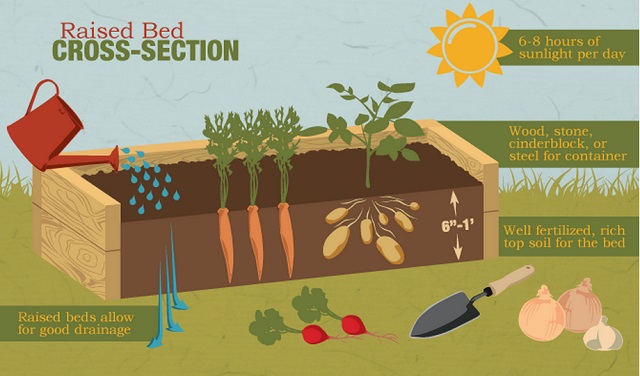
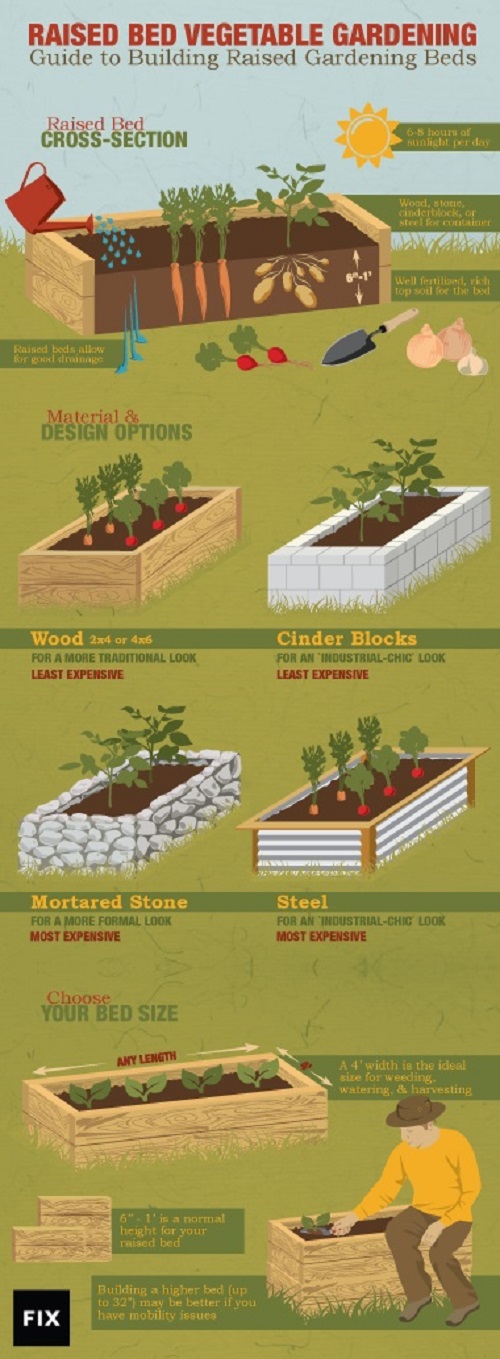








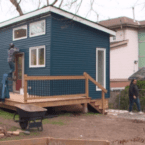




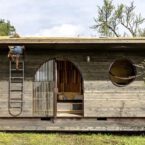
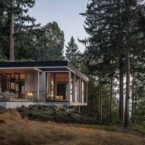



Love to see more about raised garden’s.
To save on cost, we used reasonably straight 8′ long logs and stacked them 2 high which gave us about 16″ of depth which is enough. We also used logs as the corner posts. The logs are organic so you don’t have to worry about chemicals in store bought lumber.
Great idea, Roy! So in keeping with the principles of doing things in an organic, even permaculture way. I think I remember someone having reservations about using cinder blocks as a raised bed material. Help me, Google… ah, here is the type of concern I mean. If this page is truly an organic page, the editors need to be more careful about what they suggest. Concrete blocks contain hazardous waste and toxins.
beauregardparishcountrylife.wordpress.com/2014/07/02/gardening-note-toxins-in-concrete-blocks-and-concrete/
Could line it in plastic. Center block I think leaks
Cinderblock is largely fly ash from coal burning. Contains an array of heavy metals. …plastic lining? Not fro me
Cinderblock is largely fly ash from coal burning. Contains an array of heavy metals. …plastic lining? Not for me